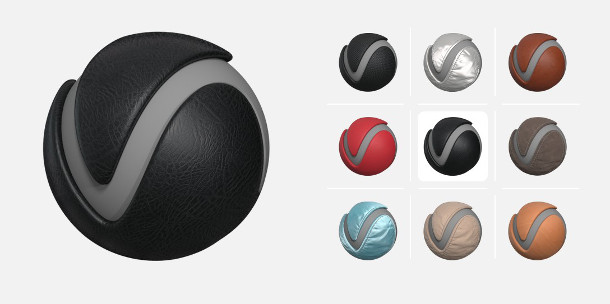Unlike readymade online material libraries like Substance Share or Quixel’s work-in-progress Megascans, scanning is performed on demand to a user’s specifications.
Ultra-accurate digital representations of fine material surface details
Users can send in physical samples of the materials they want scanned, and Chaos Group will send back a .vrscan file that can be rendered in V-Ray for 3ds Max or V-Ray for Maya.
The .vrscan format implements a bidirectional texture function (BTF): a six-dimensional representation of how a material’s surface appearance changes according to viewing angle and the angle of illumination.
(For comparison, the BRDF function emulated by standard shading models such as Blinn, Ward and GGX, is a four-dimensional representation of a material’s surface properties.)
In practice, that means sub-millimetre-accurate representations of fine surface detail like bumps and scratches.
According to Chaos Group, “VRscans combines precise optical hardware with proprietary software [capturing a] material’s … surface texture, reflectivity, dimensionality, and its unique response to light.”
Pricing and availability
VRscans is available now. The service is priced on demand. The resulting .vrscans files are compatible with the current releases of V-Ray for 3ds Max and Maya; support for other applications is in development.
http://www.vrscans.com/



